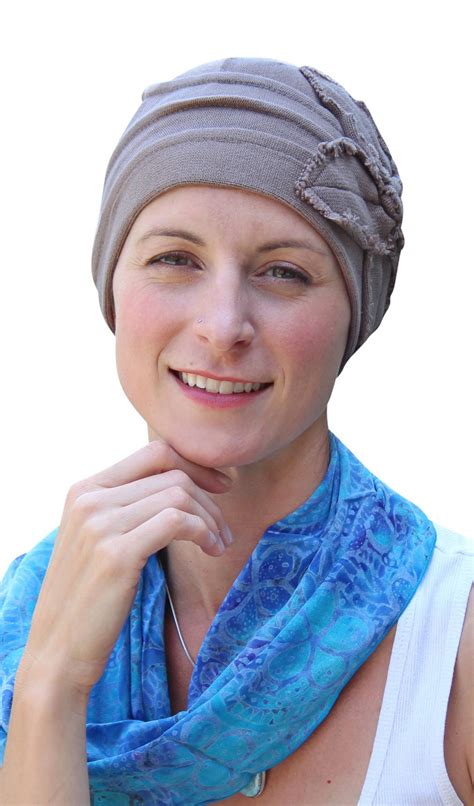Introduction

For those undergoing chemotherapy, hair loss is often a distressing side effect. But don’t worry, there are numerous stylish and comfortable head coverings out there to help you feel confident and beautiful. Here are 10 essential tips for choosing and wearing a head covering:
1. Choose a Material That Feels Good on Your Head
Cotton is breathable and soft, while silk is luxurious and cooling. Consider fabrics that won’t irritate your scalp or cause excessive sweating.
2. Find the Right Size and Shape
Head coverings come in a variety of sizes and shapes. Measure your head to determine the right size, and choose a style that flatters your face shape.
3. Consider Your Hair Loss Pattern
If you’re expecting complete hair loss, opt for a head covering that fully conceals your scalp. If you’re only losing hair in certain areas, a scarf or bandana may be sufficient.
4. Express Your Style
Head coverings are more than just a way to hide hair loss. They can become an accessory that reflects your personality and style. Choose patterns, colors, and textures that you love.
5. Use Scarves Creatively
Scarves are versatile and can be worn in multiple ways. Try tying them around your head, neck, or shoulders for different looks.
6. Try a Pre-Tied Turban
Pre-tied turbans are a convenient option that provides full head coverage. They’re often made from soft, stretchy fabrics that provide a snug but comfortable fit.
7. Embrace Beanies and Caps
Beanies and caps can be worn over head coverings for added warmth or to mix up your style. Choose styles that are made from breathable materials and won’t put pressure on your scalp.
8. Find a Head Covering for Every Occasion
Whether it’s a special event or a casual outing, there’s a head covering for every occasion. From elegant headbands to sporty visors, you’ll find something that complements your wardrobe.
9. Don’t Forget Hats
Hats are a great way to protect your scalp from the sun and cold. Choose hats with wide brims or deep crowns for maximum coverage.
10. Accessorize
Accessorize your head coverings with pins, clips, or flowers. Add a touch of bling or a pop of color to personalize your look.
Additional Tips:
- Ask your healthcare provider for recommendations.
- Visit support groups or online forums to connect with other patients.
- Experiment with different styles to find what works best for you.
- Remember, you’re not alone. Hair loss is a common side effect of chemotherapy, and there are countless resources available to help you feel confident and beautiful.
Frequently Asked Questions
-
How can I prevent hair loss from chemotherapy?
There are no surefire ways to prevent hair loss from chemotherapy, but certain medications and cooling caps may help reduce hair loss. -
When will my hair start growing back?
Hair typically starts to grow back within 2-3 months after chemotherapy is complete. -
What other side effects can head coverings cause?
Head coverings can sometimes cause scalp irritation or sweating. Choose fabrics that are breathable and won’t irritate your scalp. -
Where can I find head coverings?
Head coverings can be found at cancer centers, wig salons, department stores, and online retailers.
Conclusion
With these tips, you can find head coverings that make you feel comfortable, confident, and beautiful. Remember, you’re not alone. Many resources are available to help you cope with hair loss and maintain a positive attitude during your chemotherapy journey.
